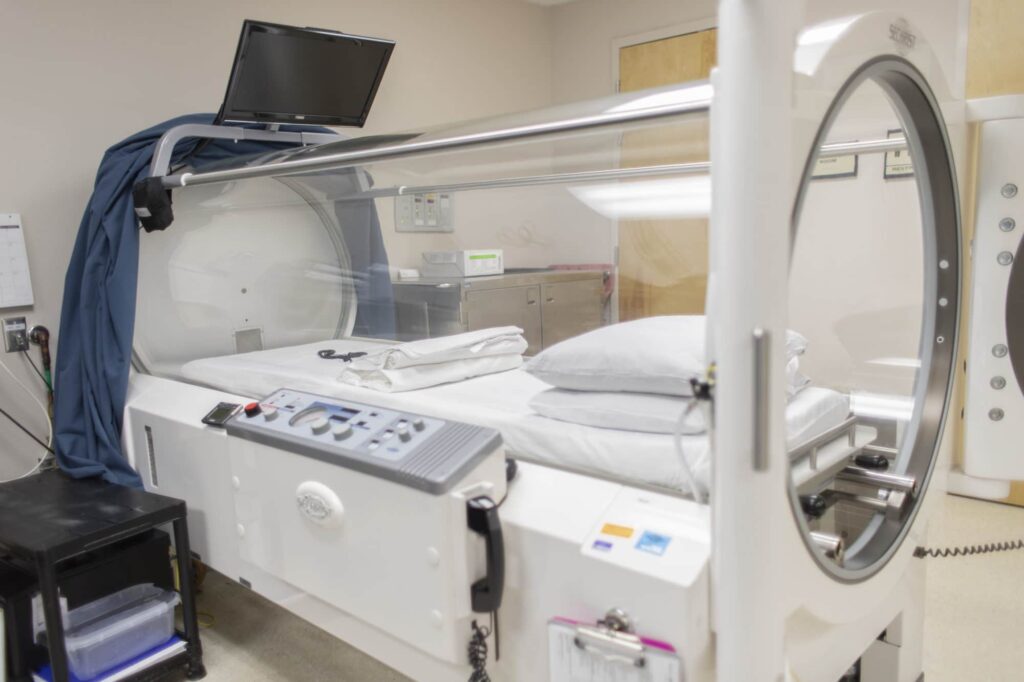The following study “ Hyperbaric oxygen in children with cerebral palsy: A systematic review of effectiveness and safety ” Published in 14 October 2022 and conducted by Justine Laureau, Christelle Pons, Guy Letellier, Raphaël Gross
Introduction #
hyperbaric oxygen therapy (HBOT) is controversial for many years, HBOT consists of the administration of pure oxygen to a subject placed in a steel or polymeric chamber, with supra-atmospheric pressure (1.5 to 3 atmosphere absolute = ATA). HBOT is part of the hyperbaric therapies (HBT) overall, consisting of the administration of pressurized gas with variable oxygen content and pressure. There are validated indications for HBOT to date, among which carbon monoxide poisoning, decompression sickness, arterial gas embolism, and necrotizing soft tissue infections due to anaerobic or mixed bacteriologic agents, are well-known.

Objectives #
To report current evidence regarding the effectiveness of hyperbaric oxygen therapy (HBOT) on the impairments presented by children with cerebral palsy (CP), and its safety.
Method #
PUBMED, The Cochrane Library, Google Scholar, and the Undersea and Hyperbaric Medical Society database were searched by two reviewers. Methodological quality was graded independently by 2 reviewers using the Physiotherapy Evidence Database assessment scale for randomized controlled trials (RCTs) and the modified Downs and Black (m-DB) evaluation tool for non RCTs. A meta-analysis was performed where applicable for RCTs.
Discussion #
The results from the present systematic review are the following: first, based on three high-quality RCTs, there is high-level evidence that HBOT is ineffective in improving motor function, cognitive functions, and functional performance, compared to pressurized air or physical therapy. Secondly, based on three observational studies there is very low-level evidence that HBOT improves sleep disorders in children with CP. Thirdly, based on two prospective studies assessing the adverse events in a systematic way, there is conflicting evidence about whether HBOT is associated with a higher rate of side effects than 1.3 ATA air. Given these results, HBOT is not recommended in clinical practice in children with CP. The present review confirms previous conclusions that hyperbaric interventions should not be administered in standard care. These results are in accordance with the previous systematic review, published in 2007, and with the recent report endorsed by the Québec government.
Conclusions #
There is high-level evidence that HBOT is ineffective in improving motor and cognitive functions, in children with CP. There is moderate-level evidence that HBOT is associated with a higher rate of adverse events than pressurized air in children.
you can Read the Full text below or click here to download as dpf






